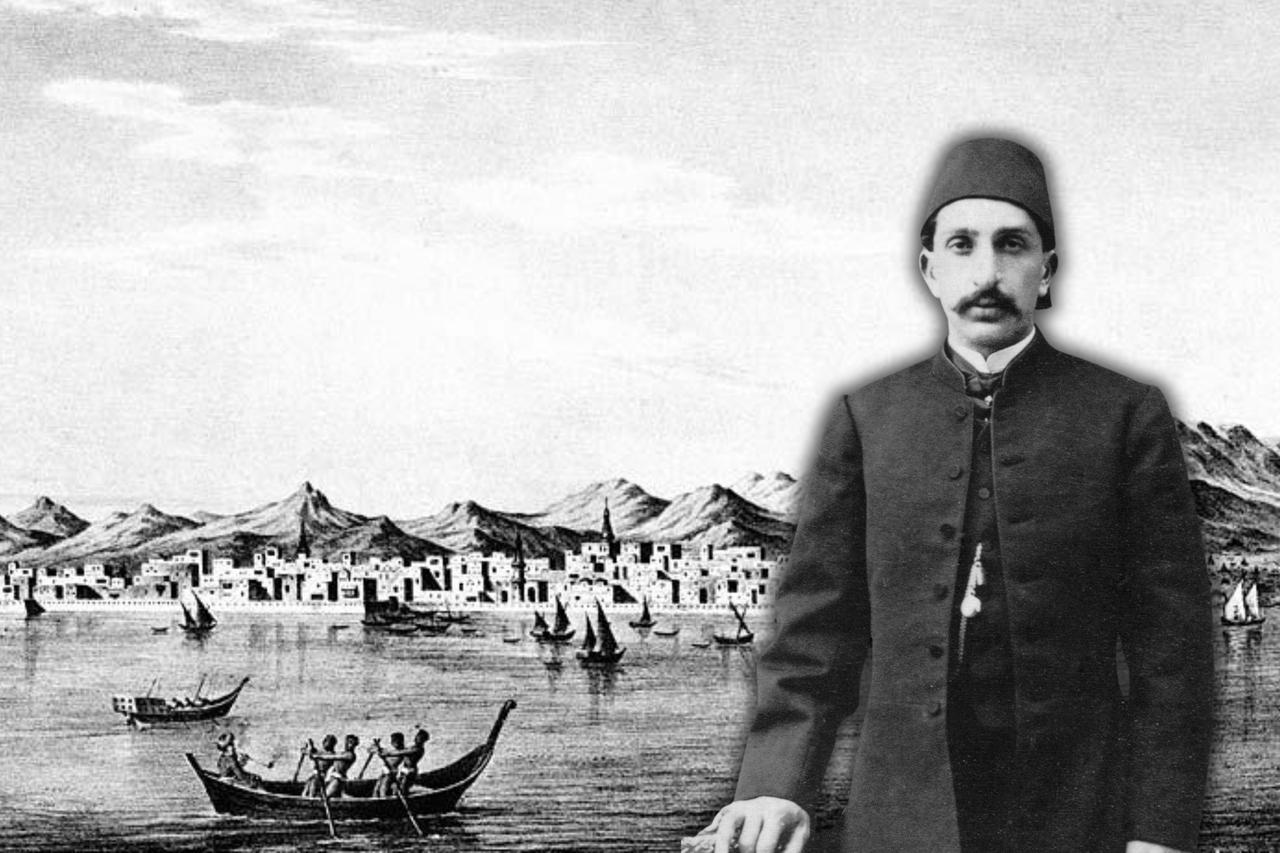
In the late 19th century, the Ottoman Empire sought to reshape its maritime posture in the Red Sea. Jeddah, a vital port in the Hejaz Province alongside the holy cities of Mecca and Medina, was selected for an ambitious infrastructure project under Sultan Abdulhamid II: the construction of a large-scale shipyard.
Though the project remained unrealized, the preparatory efforts offer a revealing look into Ottoman strategic thinking and regional pressures of the time.
Jeddah's geographic position on the eastern coast of the Red Sea made it a key point for maritime trade, particularly after the Suez Canal opened to international navigation in 1869.
With Egypt and the canal falling under British control by 1882, the Ottoman government sought to enhance its influence over Red Sea logistics and regional security. A shipyard in Jeddah was seen not only as a defensive measure but also as a potential economic engine through taxation of docking ships and passengers.

Despite Mecca and Medina's spiritual prestige, Jeddah held distinct strategic importance. As a port city, it served as the main entry point for Muslim pilgrims arriving by sea.
During the annual pilgrimage season, the city received between 90,000 and 100,000 visitors, creating significant logistical and security demands.
While official Ottoman figures placed Jeddah's population around 25,000, British estimates suggested a vastly larger regional population, including nomadic Bedouins not accounted for in census data.
The influx of pilgrims and the port’s role in trade elevated the importance of the city beyond its nominal status as a sanjak, or district, within the Hejaz Province.
The proposed shipyard was in part a reaction to growing British naval activity in the Red Sea and the perceived threat it posed to Ottoman sovereignty.
British forces had become more mobile following their occupation of the Suez Canal, and reports emerged of British arms being distributed to local tribes.
These weapons, in turn, fueled piracy and criminal activity along the coast, prompting the Ottoman government to consider military and infrastructure responses.
Sultan Abdulhamid II closely monitored developments in Jeddah, fearing British cultural and political influence might alienate local Arab populations. Concerns were reinforced by rising regional unrest, which foreshadowed the Arab Revolt during World War I.
The Sultan feared that any deterioration in public order could invite direct British intervention under the pretext of protecting their nationals.

Exploration missions were launched to determine where and how the shipyard could be built. Three locations were assessed in detail:
Existing Jeddah Port: Already in operation, the existing port required major expansion, including new piers and railyards. Estimated to cost ₺55,000 Ottoman, this option promised a return on investment through customs duties within seven years.
Kubbetu’l-Asre: Located three nautical miles from the city, this site offered open space but lacked sufficient fresh water. Engineers proposed constructing a series of wells and pipelines, but the combined cost for the shipyard and required infrastructure exceeded ₺14,000.
Abhur: Situated 15 nautical miles north of Jeddah, this bay featured natural rock formations suitable for ship mooring.
However, its distance from the city and a reputation for lawlessness, including rumors of slave trading and weapons smuggling, raised serious concerns.
All three sites presented significant technical and financial challenges. The Ottoman authorities recognized that without a steady water supply and improved security, the shipyard would be unsustainable.
Despite extensive planning and multiple feasibility studies, the project was ultimately shelved due to financial limitations. A total of 82,107 liras was estimated for full execution, including ancillary facilities like a hospital, coal storage, and housing for personnel.
Yet even smaller infrastructure goals, such as constructing warehouses and dredging shallow harbor areas, struggled to secure consistent funding.
Efforts to involve private capital, including foreign investors, were quickly dismissed due to concerns about future loss of control. The state concluded that the project should be built and operated entirely by Ottoman authorities—an ideal that proved financially impractical.
The project’s demise came gradually. Though local officials continued to advocate for repairs and expansions to existing port facilities, the full vision of a military and commercial hub in Jeddah never materialized.
By the early 20th century, global developments, including the outbreak of World War I, diverted attention and resources elsewhere.